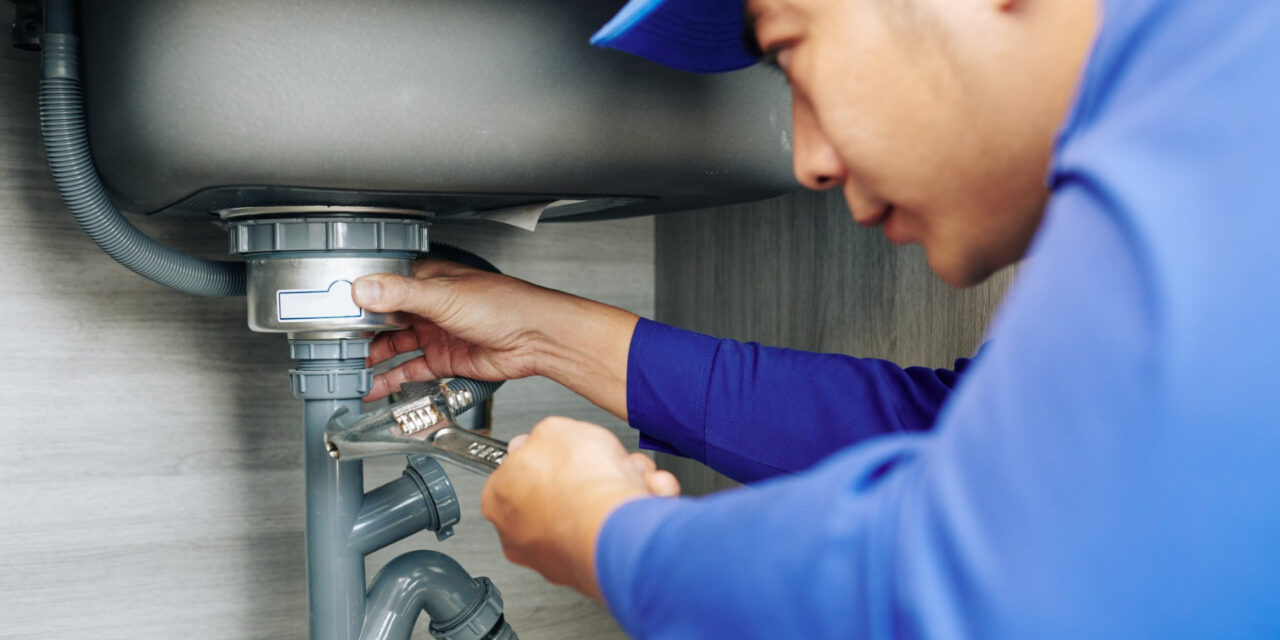6 Ways to Spot Covert Water Line Leaks Efficiently
6 Ways to Spot Covert Water Line Leaks Efficiently
Blog Article
Are you currently on the lookout for guidance on Top leak detection hacks?

Early detection of dripping water lines can reduce a prospective catastrophe. Some small water leaks might not be noticeable.
1. Analyze the Water Meter
Every home has a water meter. Inspecting it is a surefire manner in which aids you discover leakages. For beginners, turn off all the water sources. Make certain no person will flush, use the tap, shower, run the cleaning machine or dishwashing machine. From there, go to the meter and also watch if it will transform. Because no person is utilizing it, there ought to be no motions. That suggests a fast-moving leak if it relocates. If you spot no adjustments, wait a hr or 2 as well as examine back once again. This suggests you may have a slow leakage that could even be underground.
2. Inspect Water Consumption
If you spot sudden adjustments, despite your usage being the very same, it indicates that you have leaks in your plumbing system. A sudden spike in your expense suggests a fast-moving leakage.
At the same time, a stable boost on a monthly basis, even with the same behaviors, shows you have a slow-moving leak that's also gradually rising. Call a plumber to completely check your residential or commercial property, particularly if you really feel a cozy location on your flooring with piping underneath.
3. Do a Food Coloring Test
When it comes to water usage, 30% comes from commodes. If the color somehow infiltrates your bowl throughout that time without flushing, there's a leakage between the tank and also dish.
4. Asses Exterior Lines
Do not neglect to inspect your outside water lines as well. Ought to water seep out of the connection, you have a loose rubber gasket. One little leak can waste loads of water and also surge your water costs.
5. Check and Examine the Situation
House owners need to make it a practice to examine under the sink counters and also even inside cupboards for any kind of bad odor or mold and mildew growth. These two red flags suggest a leakage so punctual attention is required. Doing routine assessments, also bi-annually, can conserve you from a significant trouble.
Examine for discolorations as well as deteriorating as the majority of devices and also pipelines have a life expectations. If you suspect leaking water lines in your plumbing system, do not wait for it to rise.
Early discovery of dripping water lines can minimize a possible calamity. Some small water leakages may not be visible. Examining it is a guaranteed means that assists you discover leakages. One tiny leak can waste loads of water as well as spike your water bill.
If you believe dripping water lines in your plumbing system, don't wait for it to escalate.
How to Know If Your Home Has a Hidden Leak
Water Meter Reveals Inexplicable Water Usage
If you’d like to test whether or not there’s a leak somewhere in your home, you can do this using your water meter. Here is how to conduct the test:
Don’t use any water in your home for at least 30 minutes; this also means not turning on faucets or water-using appliances.
Go outside, and check your water meter for activity.
If your water meter shows that there was activity, even though no one was using any water, this proves that there is a leak in your home.Visible Mold or Mildew Growth
Leaks behind walls create moist, dark environments that allow mold and mildew to grow and thrive. Eventually, you might see mold growth forming on the wall closest to a hidden leak.
If mold is growing in an area that receives a high amount of moisture, such as a bathroom, it may simply be an indication that better ventilation is needed. However, if you see mold growth on a wall or the ceiling in an area where you would not expect, you probably have a hidden leak.
Musty, Mildew Odor
Sometimes you might not be able to see the mold or mildew that is growing as a result of a leak. However, the smell can give the problem away just as easily. If you catch a whiff of something musty, there’s a good chance that old water is collecting somewhere in your home that you can’t see.
Stained/Warped Walls, Ceilings, or Floors
When your home soaks up water, a variety of red flags can become visible, including ceiling stains, bubbling drywall, warped walls, and sagging floors. While these issues can be caused by excess humidity, they can also be signs that a pipe or plumbing connection has started leaking behind your walls.
Inexplicably High Water Bill
After a while, you get a general sense for what your water bill should be. If you own a pool or sprinkler system, your bill will tend to be higher during summer. However, if you receive a water bill that seems especially high, and you can’t figure out what caused it, then you may have a hidden leak somewhere that’s increasing your bill.
https://www.plumbingjoint.com/blog/2019/july/how-to-know-if-your-home-has-a-hidden-leak/

Do you like reading about Hacks to detect leaks? Post a remark below. We would be interested to listen to your thoughts about this blog entry. In hopes that you visit us again in the near future. Kindly set aside a second to promote this blog post if you appreciated it. Thanks a lot for your time spent reading it.
Ring for results! Report this page